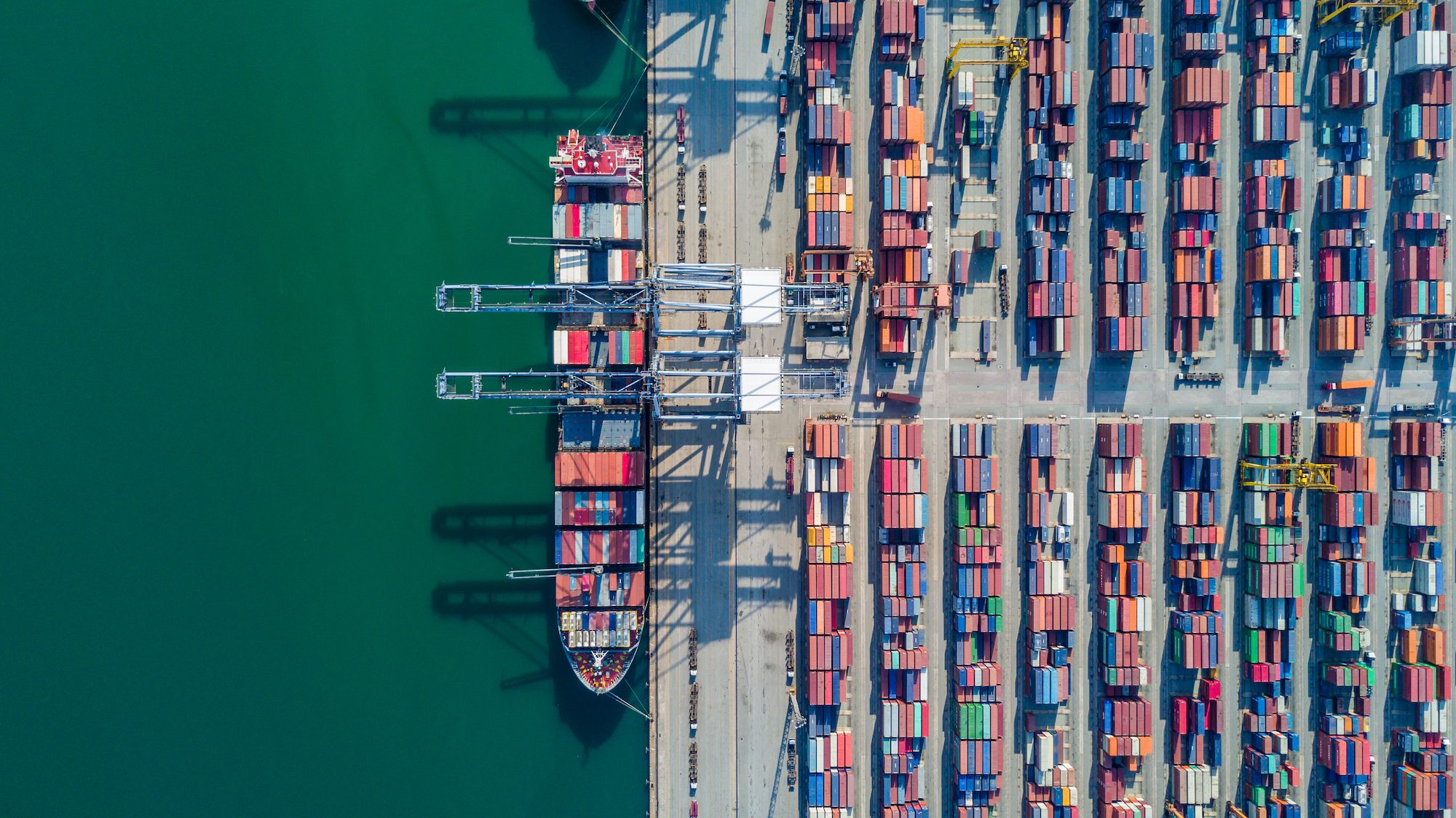Freight shippers are starting to make contingency plans in case labor strife idles seaports along the U.S. East Coast, just as they begin recovering from an eight-day work stoppage that delayed goods moving through the big West Coast ports of Los Angeles and Long Beach, Calif.
Unions representing dockworkers at 14 container ports stretching from Maine to the Texas coast of the Gulf of Mexico are scheduled for key talks with management beginning Monday, after months of often-fractious negotiations aimed at replacing an existing contract that expires Dec. 29.
The lack of alternative gateways if all of the East and Gulf coast ports closed could make any stoppages there more problematic than the West Coast action, where some ships were diverted north to U.S. facilities that weren’t targeted in the strike or south to Mexico.
The potential East Coast work stoppage would be “a little bit more widespread and would cause a larger disruption,” said Eric Kirchner, chief executive of freight forwarder UTi Worldwide Inc. (UTIW).
UTi books space for retailers and other shippers on container ships and cargo planes. Mr. Kirchner said during an earnings-report conference call Thursday that he is already making contingency plans for an East Coast ports strike, even if most clients remain in “wait-and-see mode.”
Mr. Kirchner didn’t detail his plans, but with opportunities for port diversion limited, East Coast importers are likely to face increased use of air freight, which is more expensive, or so-called slow-steaming of ocean freight in hopes of goods arriving after a strike has ended.
Jon Hurst, president of the Retailers Association of Massachusetts, said the bulk of his group’s members are focused primarily on getting through the U.S. holiday season. But a strike that idled container terminals all along the East Coast early in the new year would be “a huge concern.”
“Replenishing the store inventories is a constant process,” Mr. Hurst said. “I would hope that cooler heads would prevail” and a strike will be averted.
Ben Hackett, president of Virginia-based shipping consulting firm Hackett Associates LLC, said the coming talks are likely to go right down to the Dec. 29 deadline, with the potential for a strike “that could damage the economy quite badly.”
The International Longshoremen’s Association, which represents about 15,000 dockworkers at the East and Gulf coast ports, is scheduled to meet with the Maritime Alliance and federal mediators for two days of negotiations in Delray Beach, Fla., that start Monday.
A strike was averted in September when federal mediators stepped in to jump-start stalled negotiations between the longshoremen and the Maritime Alliance, which represents shipping companies and marine-terminal operators in the region.
Container royalty payments, or bonuses paid to eligible union workers based on increases in container tonnage, have been a key sticking point in the talks.
The unrelated strike at the Los Angeles/Long Beach complex started Nov. 27 after port clerical workers, part of the International Longshore and Warehouse Union, began picketing over their own stalled contract negotiations, and dockworkers who belonged to their union honored their picket lines. The clerical workers were seeking assurances on job security, and their union described the tentative agreement that ended the strike as a “victory” for them.
Jim McNamara, a spokesman for the ILA on the East and Gulf coast labor negotiations, called the labor solidarity in the Los Angeles/Long Beach strike heartening. “Nobody wants disruptions,” he said. But “it’s encouraging for us to see a successful worker action.”
He declined to characterize the tenor of negotiations with the Maritime Alliance since September, when both sides agreed to extend their contract through Dec. 29 to allow for more negotiations. But he said it appears likely the ILA will get a final contract offer from the group when they meet next week.
James Capo, chairman and CEO of the Maritime Alliance, declined to comment, except to acknowledge the talks are slated.
About 35% of containerized cargo inbound for the U.S. comes through the East and Gulf coast ports, said Mr. Hackett, compared with 65% through the West Coast ports–of which the Los Angeles/Long Beach complex accounts for about 40% alone.
But if all of the East and Gulf coast container terminals are idled, “it becomes a major problem because there is no [port] to divert to,” he said. “There is no diversion option whatsoever.”
By Bob Sechler. (c) 2012 Dow Jones & Company, Inc.

 Join The Club
Join The Club











